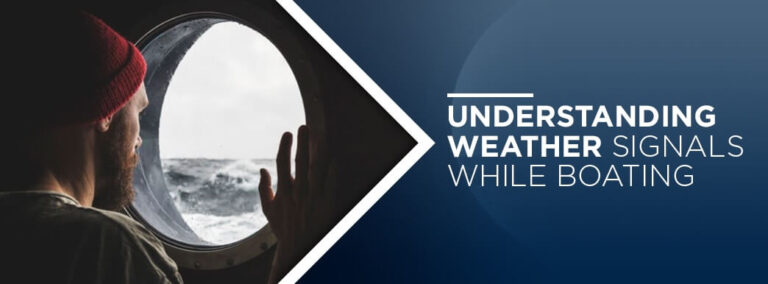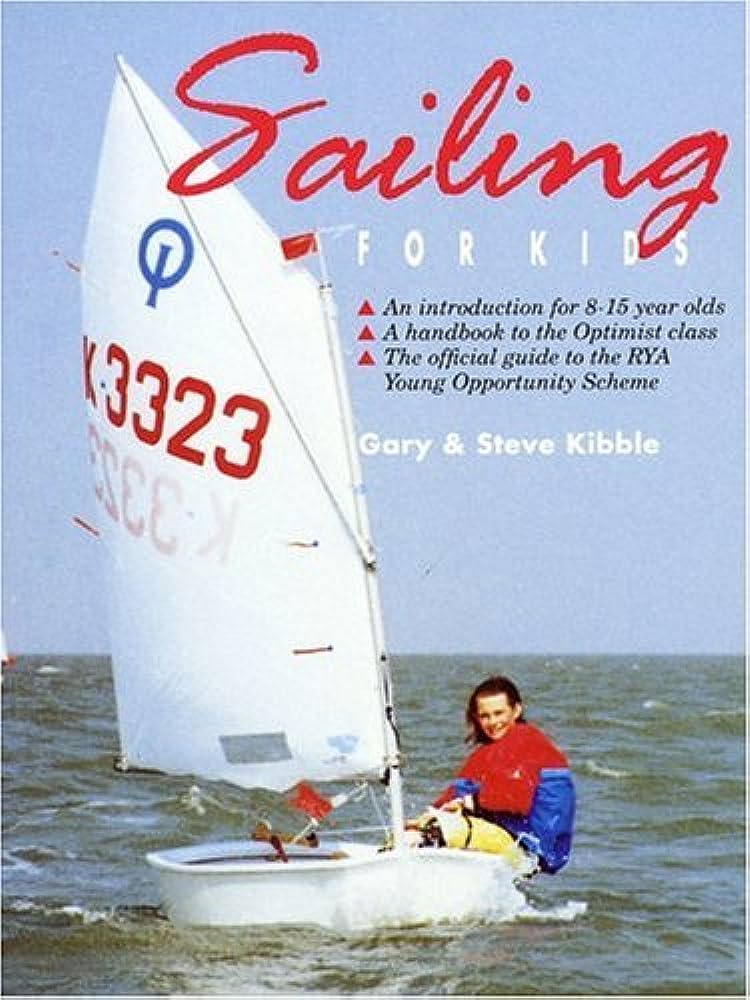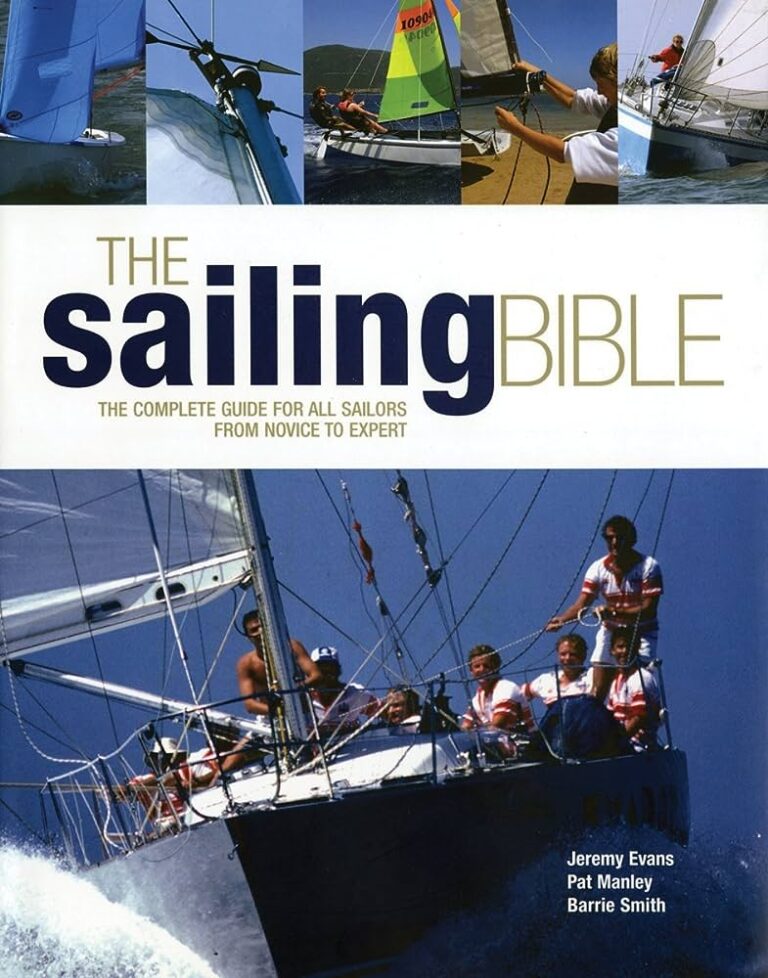Decoding Sailing Jargon: Essential Terms Every Beginner Should Know
Decoding sailing jargon is essential for beginners. This article introduces beginners to essential sailing terms to enhance their understanding and enjoyment of the sport.
Get ready to set sail with confidence and competence as we explore the world of sailing through its unique language.
Understanding Basic Sailboat Anatomy
Discover the essential sailing terminology all beginners should know to decode the jargon and understand the basic anatomy of a sailboat. Become familiar with the key terms used in sailing to enhance your knowledge and enjoy a seamless experience on the water.
Sailing Jargon: Parts Of A Sailboat
Sailing is a fascinating and adventurous sport, but if you’re new to it, the language and terminology used by sailors can be a bit overwhelming. Understanding the basic anatomy of a sailboat is a great place to start. Knowing the main parts of a sailboat and their functions will not only improve your comprehension of sailing jargon but also enhance your overall sailing experience.
Let’s dive into the essential sailboat terminology and the key terms for sailboat rigging.
Essential Sailboat Terminology
To get a grasp of sailing, it’s crucial to familiarize yourself with some key terms for sailboat anatomy. Here are the essential terms you should know:
- Hull: The main body or structure of a sailboat, typically made of fiberglass or wood.
- Deck: The flat surface where you stand on the boat.
- Bow: The front of the sailboat.
- Stern: The rear or back of the sailboat.
- Mast: The tall, vertical pole that supports the sails.
- Boom: The horizontal pole that extends perpendicular to the mast and holds the bottom edge of the sail.
- Rudder: The underwater fin used for steering the boat.
- Tiller: The handle attached to the rudder that the sailor uses to steer the boat.
- Keel: A heavy, fin-like structure located underneath the boat, providing stability and preventing it from tipping over.
Key Terms For Sailboat Rigging
Rigging refers to the system of ropes, wires, and hardware used to control the sails and mast. Understanding the key terms related to sailboat rigging is essential for any beginner sailor. Here are some key terms you should become familiar with:
- Shrouds: The vertical wires or ropes that support the mast from the sides.
- Forestay: The wire or rope that runs from the mast to the bow, keeping the mast in place.
- Backstay: The wire or rope that extends from the top of the mast to the stern, providing stability.
- Halyard: A rope used to hoist the sails and keep them in position.
- Sheet: The rope that controls the position of the sails.
- Cleat: A metal or plastic device used to secure ropes in place.
- Winch: A mechanical device used to handle heavy loads, such as hoisting sails or adjusting rigging tension.
- Block: Also known as a pulley, it helps redirect the direction of ropes.
By understanding these basic sailboat parts and essential terminology, you’ll be on your way to confidently conversing with seasoned sailors and navigating the world of sailing effectively. So, hop aboard and start exploring the exciting world of sailing!
Navigating The Sailing Course
Get started on your sailing journey by decoding essential terms every beginner should know. Navigate through the sailing course with confidence and grasp the jargon like a pro.
Sailing Direction Terminology:
- Head up: Steering the boat closer to the wind.
- Bear away: Steering the boat away from the wind.
- Windward: The side of the boat closest to the wind.
- Leeward: The side of the boat farthest from the wind.
- Tack: Changing direction by turning the bow into the wind.
- Jibe: Changing direction by turning the stern through the wind.
Wind and Sailing Terms:
- Points of sail: Different angles at which a sailboat can sail relative to the wind.
- Close hauled: Sailing as closely as possible into the wind.
- Beam reach: Sailing at right angles to the wind.
- Broad reach: Sailing with the wind coming from directly behind the boat.
- Running: Sailing with the wind directly behind the boat.
- Upwind: Sailing towards the wind.
- Downwind: Sailing away from the wind.
- Luffing: When the sail flutters or stops producing power due to being too far from the wind.
Essential Navigation Jargon:
- Bearings: The direction of one point from another, measured in degrees.
- Compass heading: The direction a compass points.
- Course over ground: The direction a vessel actually moves over the surface of the Earth, accounting for factors like wind and current.
- Dead reckoning: Navigating by estimating a current position based on a previously known position.
- Waypoint: A specific location on a chart or GPS where a vessel will navigate.
- Set and drift: The combined effect of wind and current on a vessel’s course.
Remember, learning sailing jargon is an essential part of becoming a competent sailor. Familiarize yourself with these terms, and you’ll be well on your way to mastering the art of sailing!
Safety And Emergency Preparedness
Discover the essential sailing terms every beginner needs to know for safety and emergency preparedness on the water. Master the jargon to ensure a smooth and secure sailing experience.
Sailing Safety Terminology
Sailing can be an exhilarating and adventurous sport, but it’s crucial to prioritize safety on the water. As a beginner, understanding the essential sailing safety terminology is key to ensuring a secure and enjoyable experience. Below are the key safety terms every aspiring sailor should be familiar with:
- Boom: The horizontal pole attached to the mast that holds the bottom edge of the sail. It is important to be aware of the boom’s position to avoid being hit by it, especially during jibes or unexpected wind shifts.
- Tacking: The maneuver of turning the bow of the boat through the wind, effectively changing the direction of the boat. This term is used to communicate a change in course to crew members.
- Jibing: The opposite of tacking, jibing involves turning the stern of the boat through the wind. Care must be taken during this maneuver to prevent the boom from swinging across the boat.
- Capsize: When a sailboat overturns or is thrown on its side due to extreme wind or improper handling. Learning how to recover from a capsized boat is essential to ensure the safety of the crew and the vessel.
- Heel: The tilting of the boat’s hull caused by wind or weight distribution. It is important to maintain balance and adjust sail trim to prevent excessive heeling, which can lead to potential accidents or capsizing.
- Lifelines: Strong lines or cables running along the sides of the boat for safety purposes. Crew members can hook safety harnesses to the lifelines to prevent falling overboard.
Emergency Procedures At Sea
Navigating the open water involves being prepared for unforeseen circumstances. Familiarizing yourself with the following emergency procedures will empower you to respond effectively to difficult situations:
- Man Overboard (MOB): A distress call indicating that a person has gone overboard. Immediate action should be taken to mark the position, initiate a recovery strategy, and alert the rest of the crew.
- Mayday: A distress signal used to communicate a life-threatening emergency. It is crucial to know how to transmit a Mayday call via radio or other preferred communication methods.
- Abandon Ship: The decision to leave the boat in the event of an unmanageable emergency. Understanding the necessary steps for evacuation, such as deploying life rafts and donning life jackets, is essential for crew safety.
- Fire Suppression: Knowledge of proper firefighting techniques and equipment usage is crucial onboard to minimize the risk of fire. These may include fire extinguishers, fire blankets, and knowledge of fire containment strategies.
- Flares: Emergency signaling devices used to attract attention during distress situations. Understanding the different types of flares and their usage can be critical in communicating distress to nearby vessels or rescuers.
Essential Rescue And Survival Terms
While preventative measures are crucial, being prepared for rescue and survival scenarios is equally important. Familiarize yourself with the following rescue and survival terms:
- Life Jacket: A personal flotation device designed to keep you buoyant in the water. Wearing a properly fitted life jacket is essential for personal safety and is a legal requirement in many jurisdictions.
- Distress Signal: Identifiable signals used to indicate a need for immediate assistance. These can include visual distress signals such as flares, distress flags, or audible signals like a high-pitched whistle.
- Bilge: The lowest compartment inside a boat’s hull, where water collects. Knowing how to operate the bilge pump or other means of water removal is crucial to prevent the boat from sinking.
- Ditch Bag: A waterproof bag containing essential equipment and supplies for survival in case of abandonment. Items in the ditch bag may include emergency rations, water, first aid kit, VHF radio, and other necessities.
Remember, understanding and using the correct sailing safety terminology, being prepared for emergencies, and familiarizing yourself with rescue and survival concepts are fundamental steps towards becoming a responsible and confident sailor. Safeguarding yourself, your crew, and your vessel will ensure a memorable and secure sailing experience.

Credit: en.wikipedia.org
Frequently Asked Questions On Decoding Sailing Jargon: Essential Terms Every Beginner Should Know
What Is The Basic Vocabulary Of A Ship?
The basic vocabulary of a ship includes bow, stern, hull, deck, mast, and rudder.
What Are The Basic Sailing Commands?
Basic sailing commands are used to control a sailboat. Some examples include “hoist the sails,” “helm to the left,” and “prepare to tack. “
What Is The Most Important Skill To Know When Sailing?
The most essential skill for sailing is navigation, as it ensures you know how to navigate the water safely.
What Are The Three Basic Sailing Rules?
The three basic sailing rules are: 1. Stay clear of other boats and obstacles in the water. 2. Give way to boats on your starboard (right) side. 3. Always yield to vessels that are less maneuverable, such as larger or slower boats.
Conclusion
Mastering sailing jargon is a crucial step for beginners looking to delve into the world of sailing. By understanding and using essential terms, you will not only improve your communication with fellow sailors but also enhance your overall sailing experience.
From the basic terms like “starboard” and “port” to more advanced concepts such as “tacking” and “jibing,” building a strong foundation of sailing vocabulary will allow you to navigate the waters with confidence and precision. Remember to practice using these terms in real-life scenarios to reinforce your learning.
As with any new skill, patience and persistence are key. So, grab your sailing glossary, hit the water, and dive into the thrilling world of sailing with a newfound command of the language. Fair winds and happy sailing!








